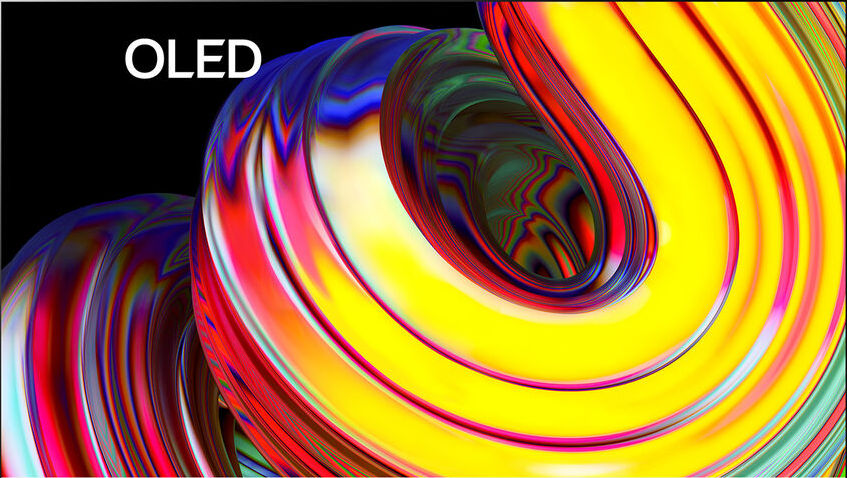OLED panels have various advantages over traditional LED-backlit displays. They provide true blacks because they light up on their own and can therefore be completely 'off'. This subsequently results in improved colors and very high contrast. Due to these characteristics, OLED displays are the first quality choice for smartphones, televisions or (preview) monitors in professional video production.
However, the best image quality currently possible also has a big advantage: if OLED displays show an unchanging image over a long period of time, such as a static desktop or menu bar for a program that has been used for a long time, individual pixels can “burn out.” When this happens, they can no longer completely change their appearance, but the burned pixels remain as a pattern and continually overlay the image from that point on.
Although the unwanted burn-in behavior of OLED displays has improved significantly over the past decade, the problem of burn-in has never completely gone away. This is why some users continue to avoid OLED technology in general.
However, researchers at the University of Cambridge now claim to have found a method that can essentially avoid the burn-in effect on OLED panels. In a newly published study, researchers claim that “covalently encapsulating ultra-narrow-band blue light emitters in dielectric alkylene ribbons can significantly reduce burn-in and at the same time simplify the manufacturing process of OLED displays.”
While current OLED panels use multiple layers of special materials to reduce burn-in, the new technology can effectively remove any additional layers by covering blue light-emitting diodes with insulating alkylene tapes. This reduces the complexity of the manufacturing process and thus reduces production costs.
The research study has already been published in the journal Nature, but so far it is just a proof of concept. Many other various tests and obstacles still have to be overcome before these research results can be reflected in mass production. So, it will likely be a while before the issue of OLED screen burn-in becomes a thing of the past. However, the researchers are optimistic that their solution could lead to a paradigm shift in blue OLED technology and greatly simplify the device manufacturing process.

“Certified tv guru. Reader. Professional writer. Avid introvert. Extreme pop culture buff.”









More Stories
Samsung Quantum Dot TV: Art meets technology
Pitch: €56m for energy startup Reverion
Plastoplan: Plastics for Energy Transition